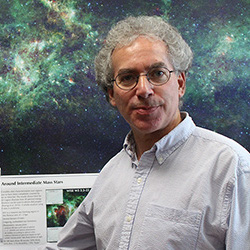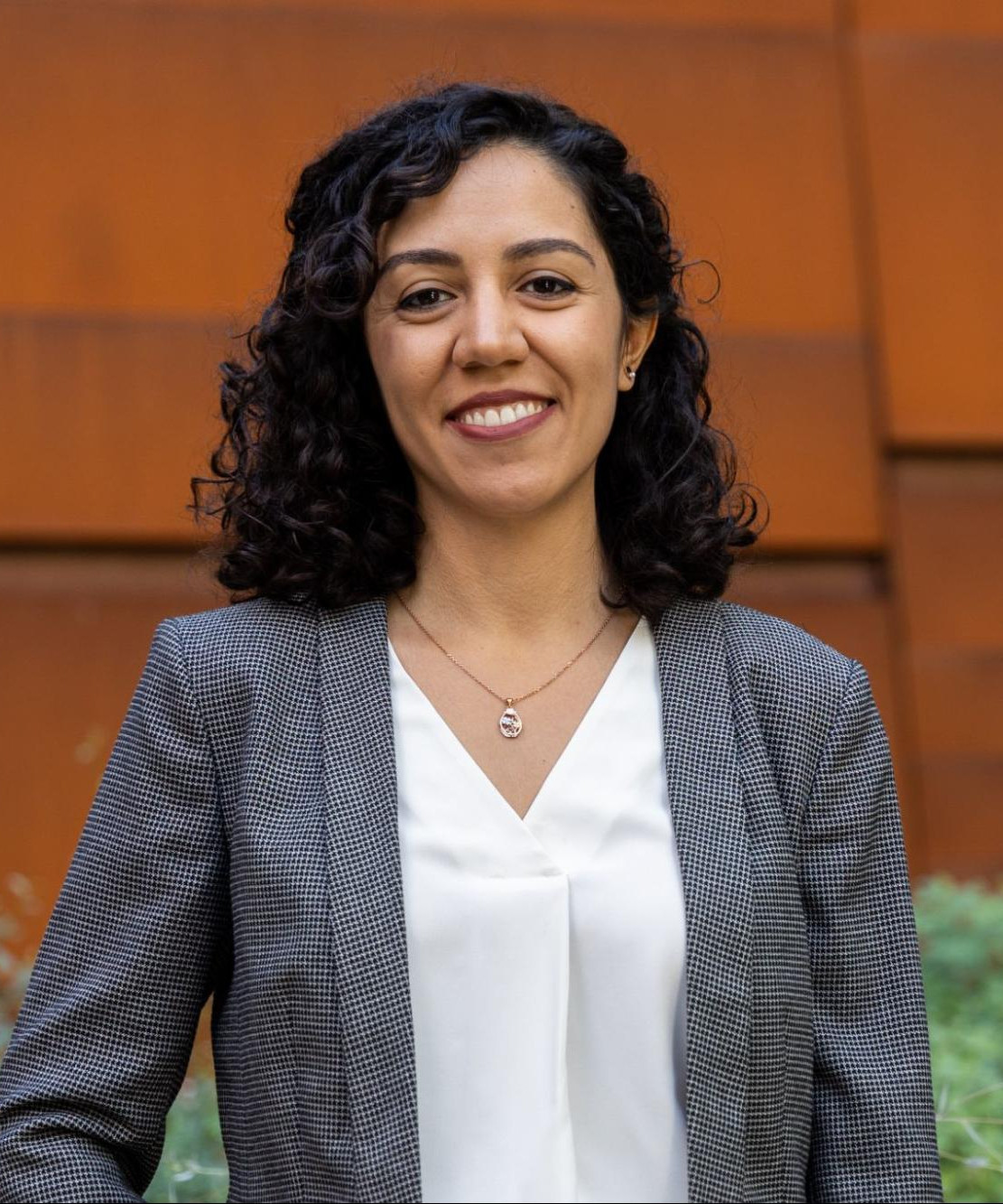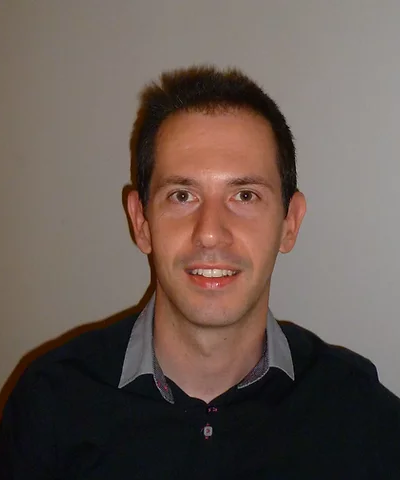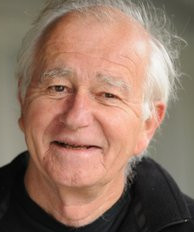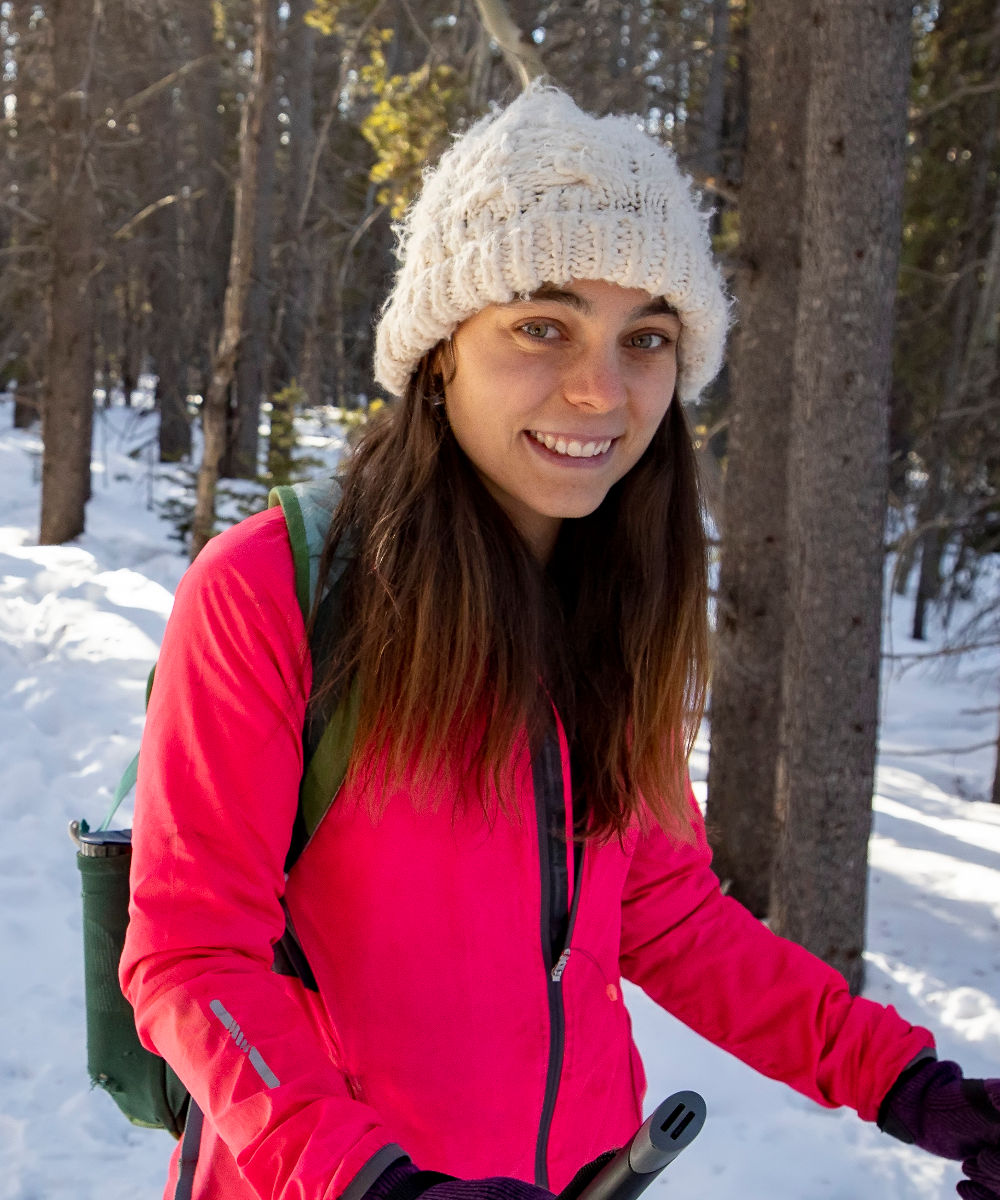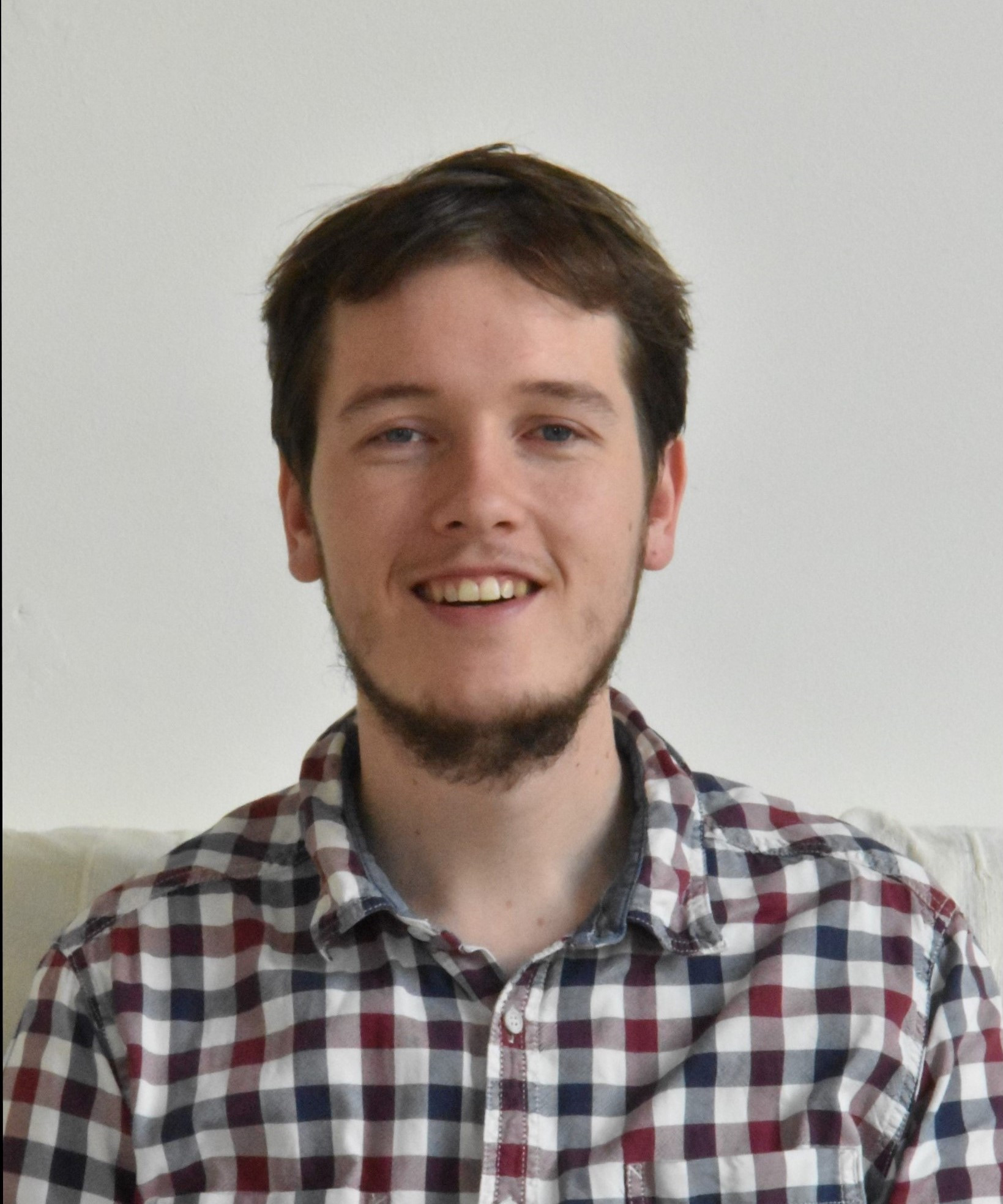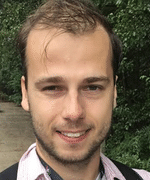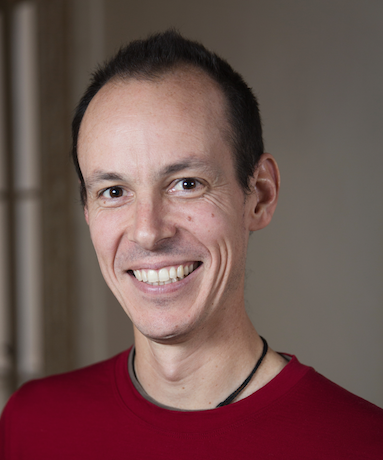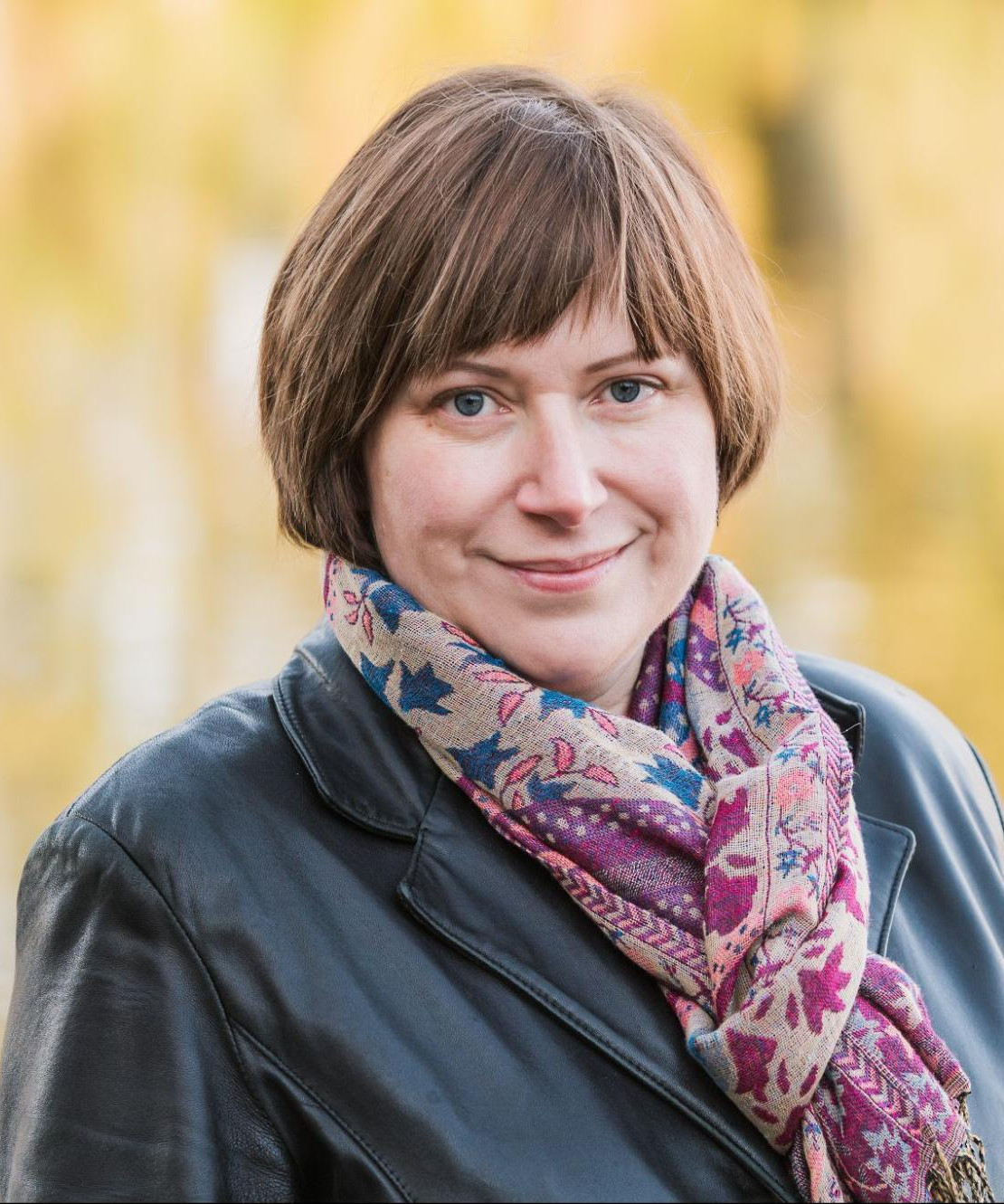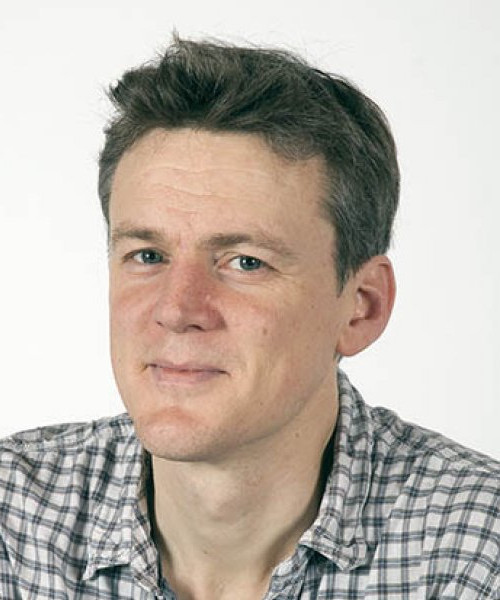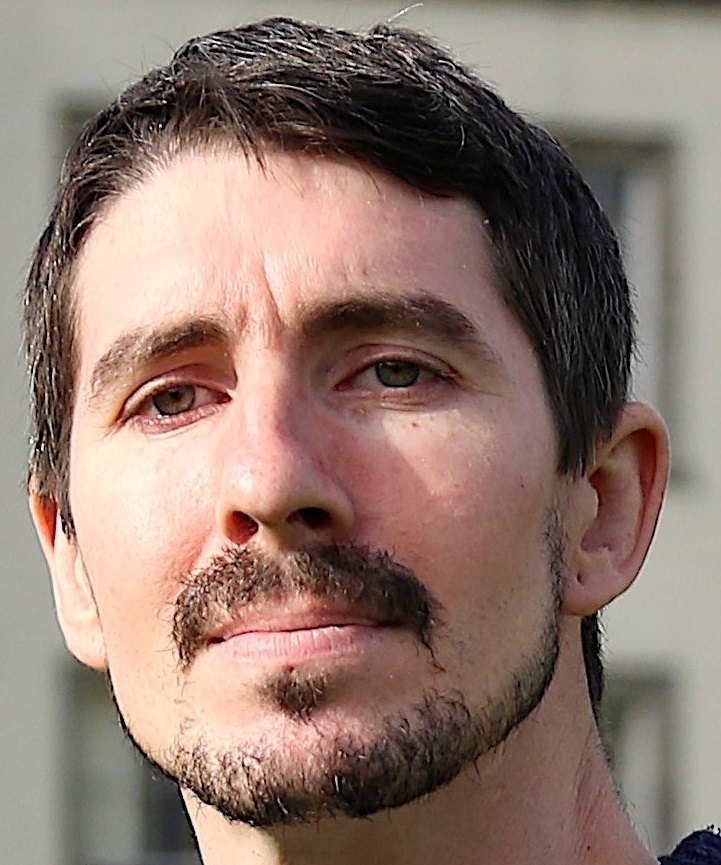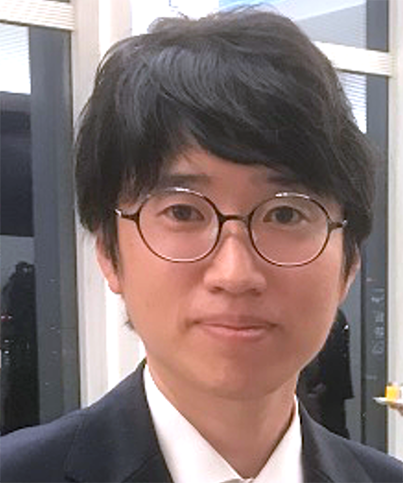David Leisawitz
NASA Goddard Space Flight Center
Dr. David Leisawitz, NASA Goddard Space Flight Center, PI - is an infrared astrophysicist who’s eager to learn how habitable conditions develop during the process of planet formation. He was PI on the Space Infrared Interferometric Telescope mission concept study and recently served as NASA Study Scientist for the Origins Space Telescope. Earlier, Dr. Leisawitz was Mission Scientist for the Wide-field Infrared Survey Explorer (WISE) and Deputy Project Scientist for the Cosmic Background Explorer (COBE). He is proud of his recognition by McMaster University as “Co-Op Mentor of the Year” in 2009. Dr. Leisawitz regularly engages in leadership learning, most recently through a class on Leadership Decision Making offered by the Harvard Kennedy School Executive Education Program.

